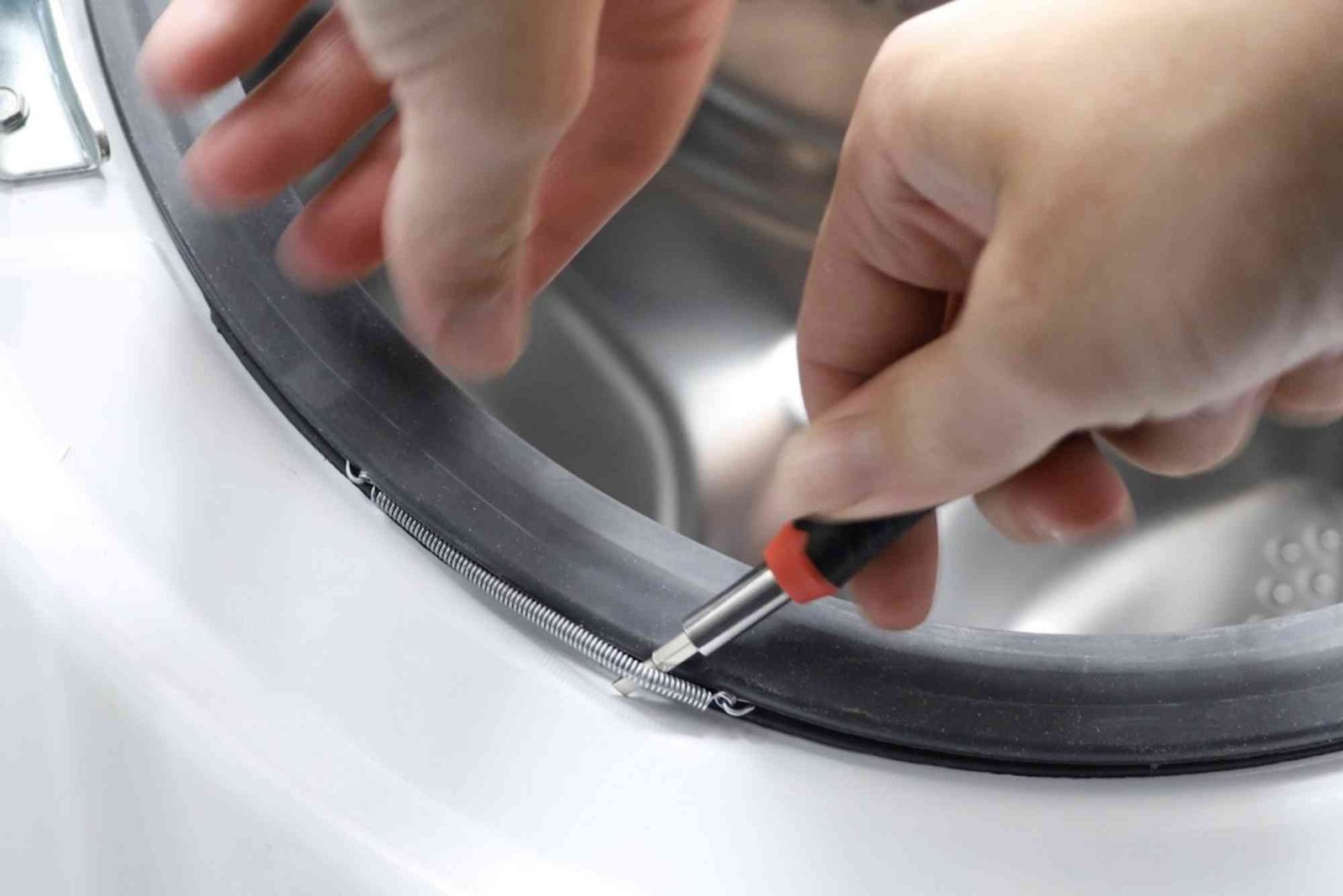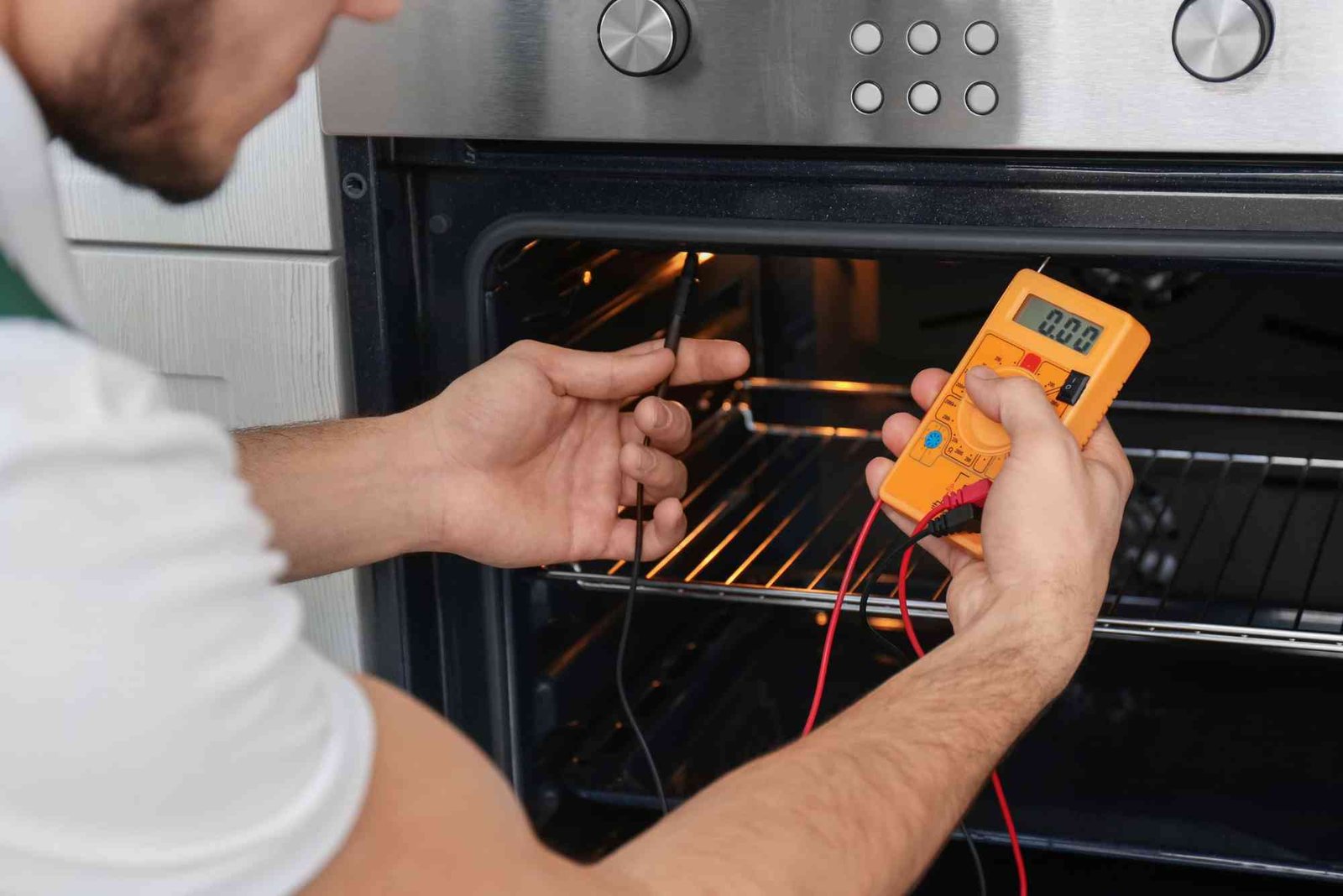Introduction
Creating and recording your own song can be one of the most rewarding experiences for any musician or music enthusiast. Whether you’re an aspiring singer, a songwriter, or a beginner learning music production, understanding How To Record A Song step-by-step is the foundation of producing quality music. This detailed guide walks you through everything from pre-recording preparation to mastering your final track — all in easy, actionable steps that deliver professional results even from your home studio.
Understanding the Basics Before You Record
Before you hit the record button, it’s important to understand what goes into a professional-quality recording. Recording a song involves three main stages: pre-production, recording, and post-production. Each stage requires careful attention to detail and an understanding of the tools and techniques used. Whether you’re recording on a laptop or in a professional studio, following a structured approach ensures your sound stands out.
Pre-Recording Preparation
Setting Up Your Recording Space
A quiet and acoustically treated environment is key. You don’t need an expensive studio — a well-prepared home setup can work wonders. Choose a room with minimal echo and background noise. Hang thick curtains, use foam panels, or even blankets to absorb sound reflections. The goal is to create a clean, balanced sound environment where your vocals and instruments can shine.
Choosing the Right Equipment
To achieve the best sound, invest in essential gear. A good condenser microphone, audio interface, pop filter, and studio headphones are must-haves. Your Digital Audio Workstation (DAW) — such as Logic Pro, Ableton Live, FL Studio, or GarageBand — is where you’ll record, edit, and mix your tracks. Don’t worry if you’re on a budget; many affordable options can produce professional-grade results if used correctly.
Setting Your Levels and Gain
Before recording, set your gain levels properly. Your input signal should be strong but not distorted. Aim for levels peaking around -6dB to -3dB. This ensures clarity while leaving headroom for mixing. Clipping or overloading your input can ruin even the best performance, so always monitor your meters carefully.
Guide to Recording a Song
Write and Arrange Your Song
Start with the creative foundation — your song. Write the lyrics, create the melody, and decide on the structure. This could include an intro, verse, chorus, bridge, and outro. Use your instrument or DAW to sketch out the chord progressions and rhythm. A clear arrangement helps streamline the recording process later.
Set Up Your Project in the DAW
Once your song structure is ready, open your DAW and create a new project. Set the tempo (BPM), time signature, and key. Name your tracks according to their role — for example, “Lead Vocal,” “Guitar,” or “Drums.” Organizing your session early saves you time and frustration when editing or mixing.
Record a Scratch Track
A scratch track serves as a reference for timing and arrangement. Record a rough vocal or instrument line to help you align your other parts later. It doesn’t need to be perfect — it’s simply a guide for layering the rest of your instruments.
Record Instruments
Start with rhythm instruments like drums and bass. These form the backbone of your song. Next, record harmonic instruments like guitar or keyboards. Ensure each instrument has its own track for flexibility during mixing. Take multiple takes and choose the best performance for each part.
Record Vocals
Vocals are often the centerpiece of your track. Warm up your voice and stand at a consistent distance from the microphone. Use a pop filter to reduce plosive sounds. Record multiple takes of each section, then choose the best parts during editing. Always maintain emotion and energy in your performance — listeners connect with authenticity.
Add Layers and Harmonies
Once your main vocals are done, consider adding backing vocals or harmonies for depth. Layering instruments like pads, strings, or percussion can also enhance the overall texture of your song. Keep balance in mind; avoid overcrowding your mix.
Edit Your Recordings
Editing involves cleaning up your tracks. Trim unwanted noise, align timing issues, and adjust volume levels. Use tools like fade-ins and fade-outs to smooth transitions. Editing ensures your performance sounds tight and professional before mixing.
Mix Your Song
Mixing is where your song truly comes alive. Adjust levels so each element fits harmoniously. Apply EQ to carve out frequencies, compression to control dynamics, and reverb or delay to add space. A well-mixed song should sound balanced and dynamic across all playback systems — from headphones to car speakers.
Master the Final Track
Mastering is the final polish. It enhances loudness, consistency, and clarity across different playback systems. Use mastering plugins or hire a mastering engineer if possible. The goal is to make your song sound cohesive and competitive with commercial releases.
Tips for Getting the Best Recording Results
Focus on Performance Quality
Even the best equipment can’t replace a strong performance. Take time to practice your song before recording. Confidence and emotional delivery make a huge difference in how the final track feels.
Use Reference Tracks
Listen to professional songs in a similar genre. Compare the mix, tone, and energy levels. Reference tracks help guide your mixing and mastering decisions to ensure your song stands up to industry standards.
Keep Your Workspace Organized
An organized session leads to efficiency. Label your tracks, use color coding, and keep your file management tidy. This is especially helpful when collaborating or revisiting your project later.
Save Multiple Versions
Always save different versions of your project. Accidents happen — having backups ensures you don’t lose hours of creative work.
Common Mistakes to Avoid When Recording
One of the most frequent mistakes beginners make is ignoring room acoustics. Even with the best mic, a poorly treated room can cause unwanted reflections and muddy tones. Another error is overusing effects. While reverb and compression can enhance your sound, too much can make it unnatural. Lastly, rushing the process often leads to poor results. Take your time; music production is as much about patience as creativity.
Why Following a Step-by-Step Process Matters
Recording a song can feel overwhelming, especially with so many elements involved. A structured step-by-step process ensures you don’t miss critical details like gain staging or file organization. It also keeps your workflow consistent, helping you grow as a producer or artist. Learning How To Record A Song properly not only improves your results but also saves time in the long run.
Tools and Resources to Help You Learn
Many online platforms offer free and paid tutorials on music production. Websites like YouTube, Skillshare, and Coursera have detailed lessons covering DAWs, mixing, and mastering. You can also explore the detailed guide at How To Record for additional step-by-step insights.
How To Record A Song at Home Without Expensive Gear
If you’re on a tight budget, you can still produce high-quality recordings at home. Use a USB microphone, record in a quiet closet with clothes as sound absorbers, and experiment with free DAWs like Audacity or Cakewalk. The key is understanding the recording process and using creativity to make the most of what you have. You can find a comprehensive resource on How To Record A for further practical tips.
Recording a song from start to finish is both a technical and creative journey. By following a structured, step-by-step approach, you can achieve professional-quality results — even from a home setup. Remember that great recordings come from preparation, patience, and attention to detail. Use this guide as your roadmap to success in music production. If you’re ready to dive deeper and master the process, check out the full guide on How To Record A Song Step-by-Step and explore more music-related insights at the Related article on buddypackagingco.com.
FAQs
How do I record a song for beginners?
Start with simple equipment: a mic, headphones, and a DAW. Record your vocals and instrument tracks separately, then mix them together using EQ and compression.
What app is best for recording songs?
Popular apps include GarageBand, FL Studio, Logic Pro, and Audacity. Each offers tools for beginners and professionals alike.
How can I make my voice sound professional when recording?
Use a pop filter, record in a quiet space, and apply EQ and compression during mixing to enhance clarity and warmth.
Can I record music on my phone?
Yes, you can use mobile apps like BandLab, FL Studio Mobile, or GarageBand. However, external microphones can improve sound quality significantly.
Do I need a studio to record a song?
No. With proper preparation and the right tools, you can record a professional-sounding song from home.




